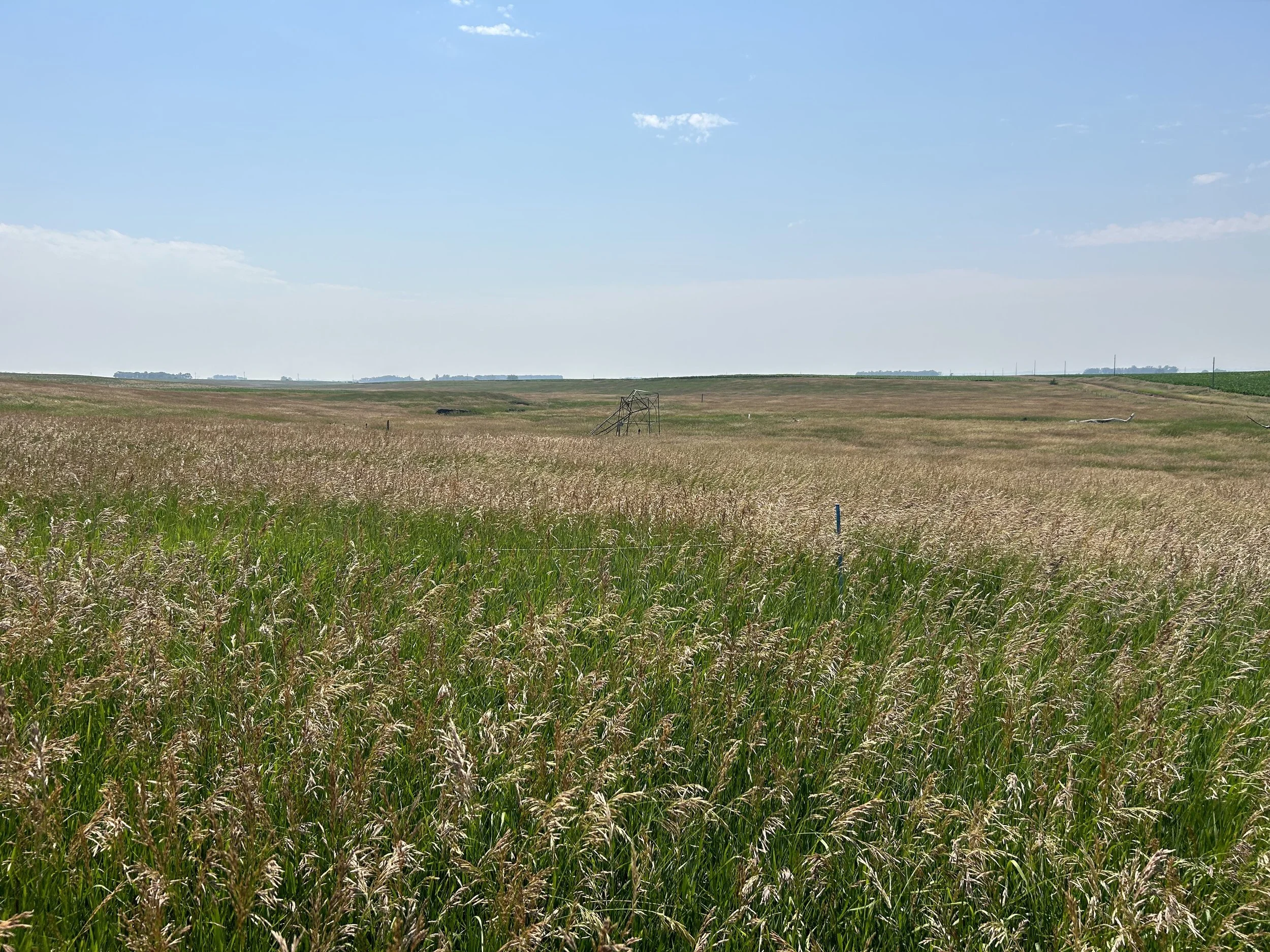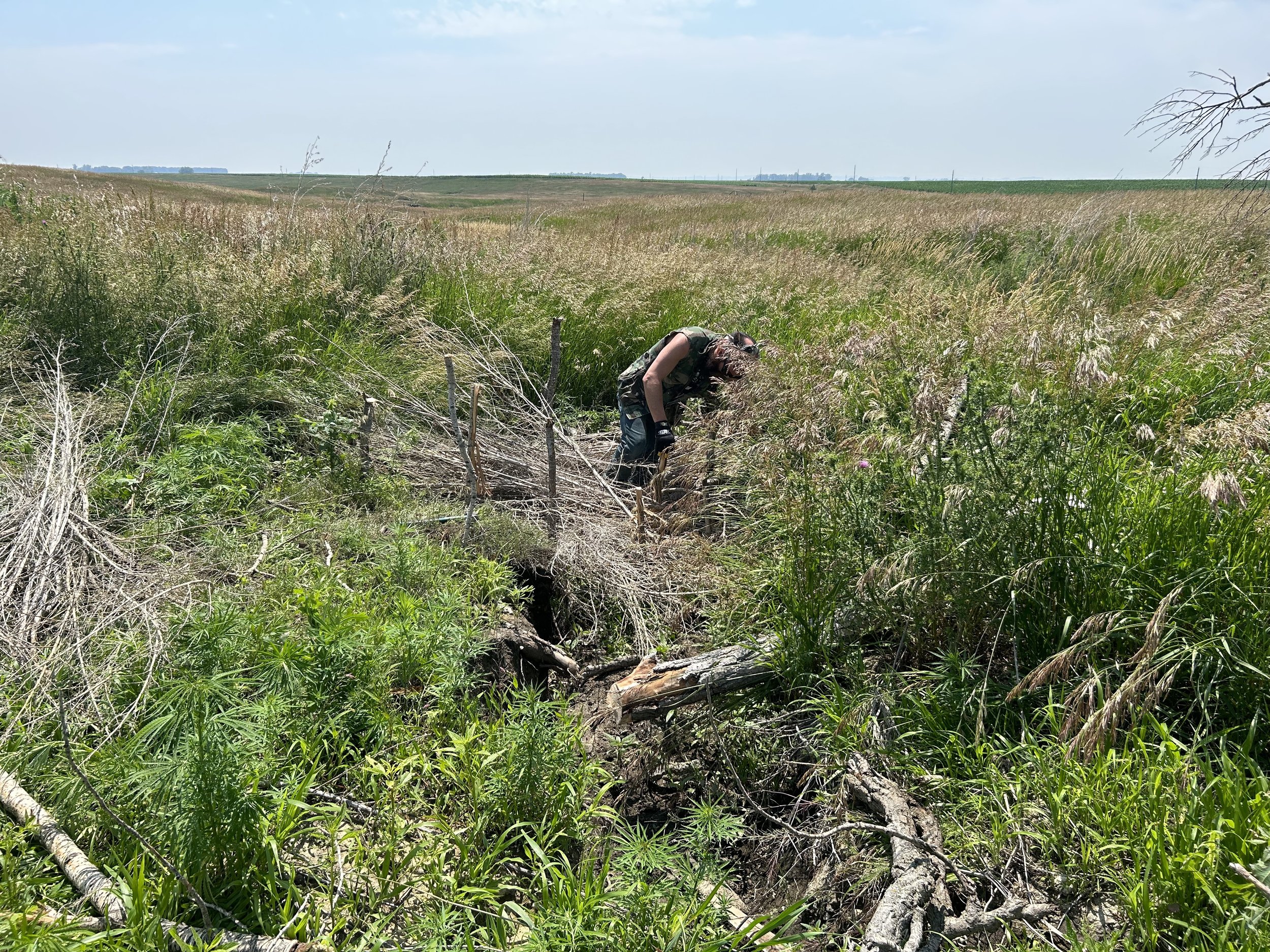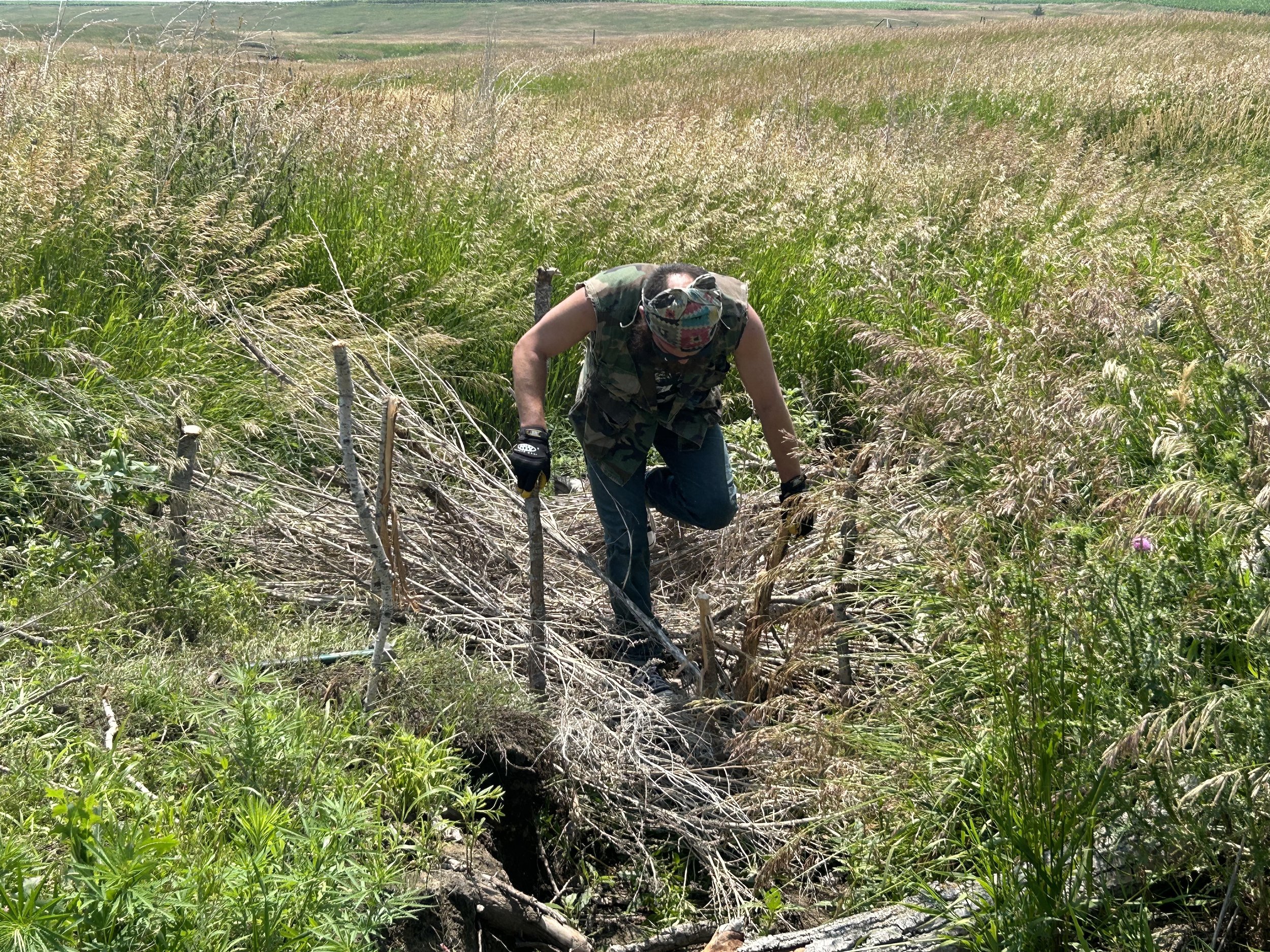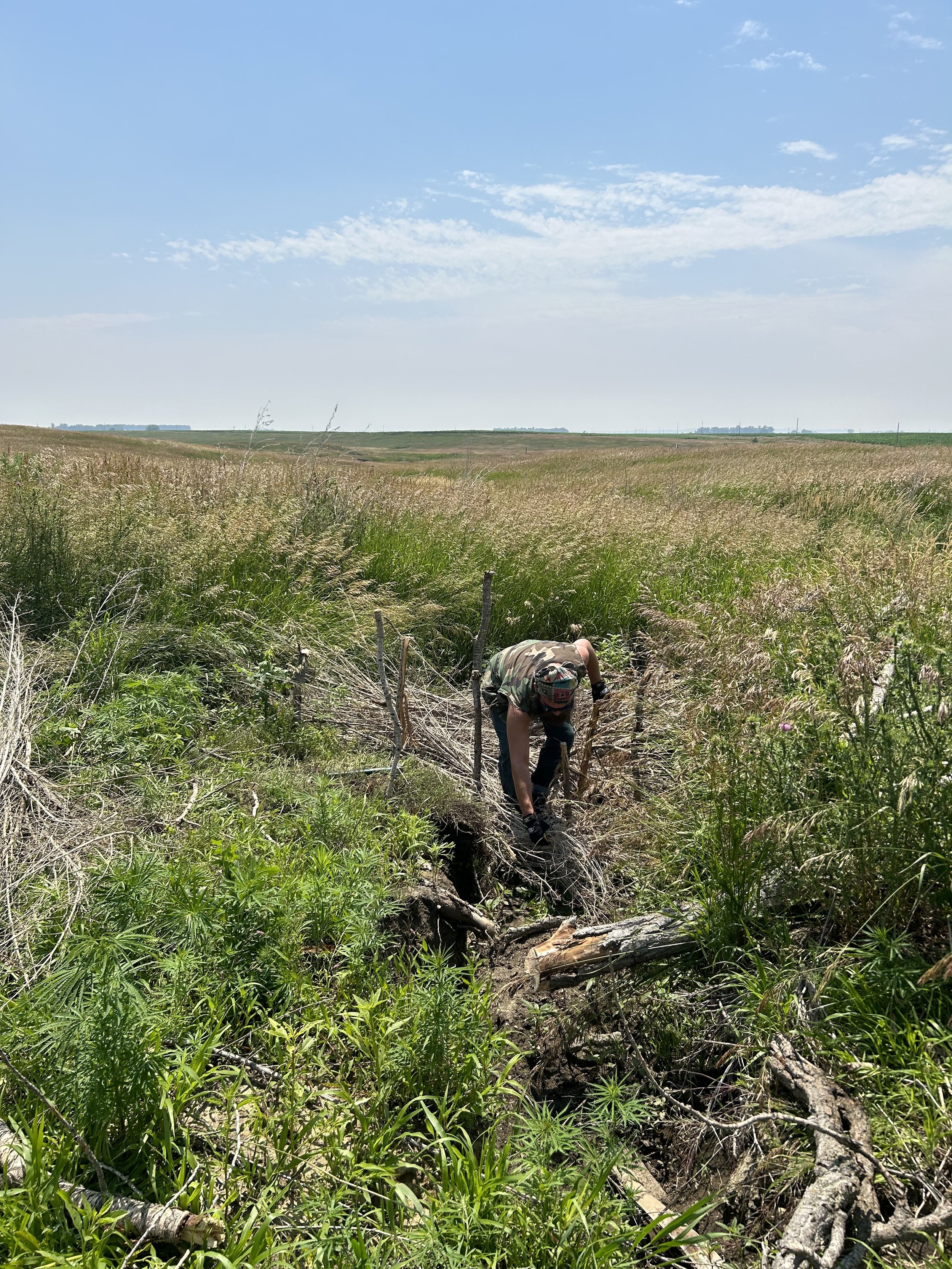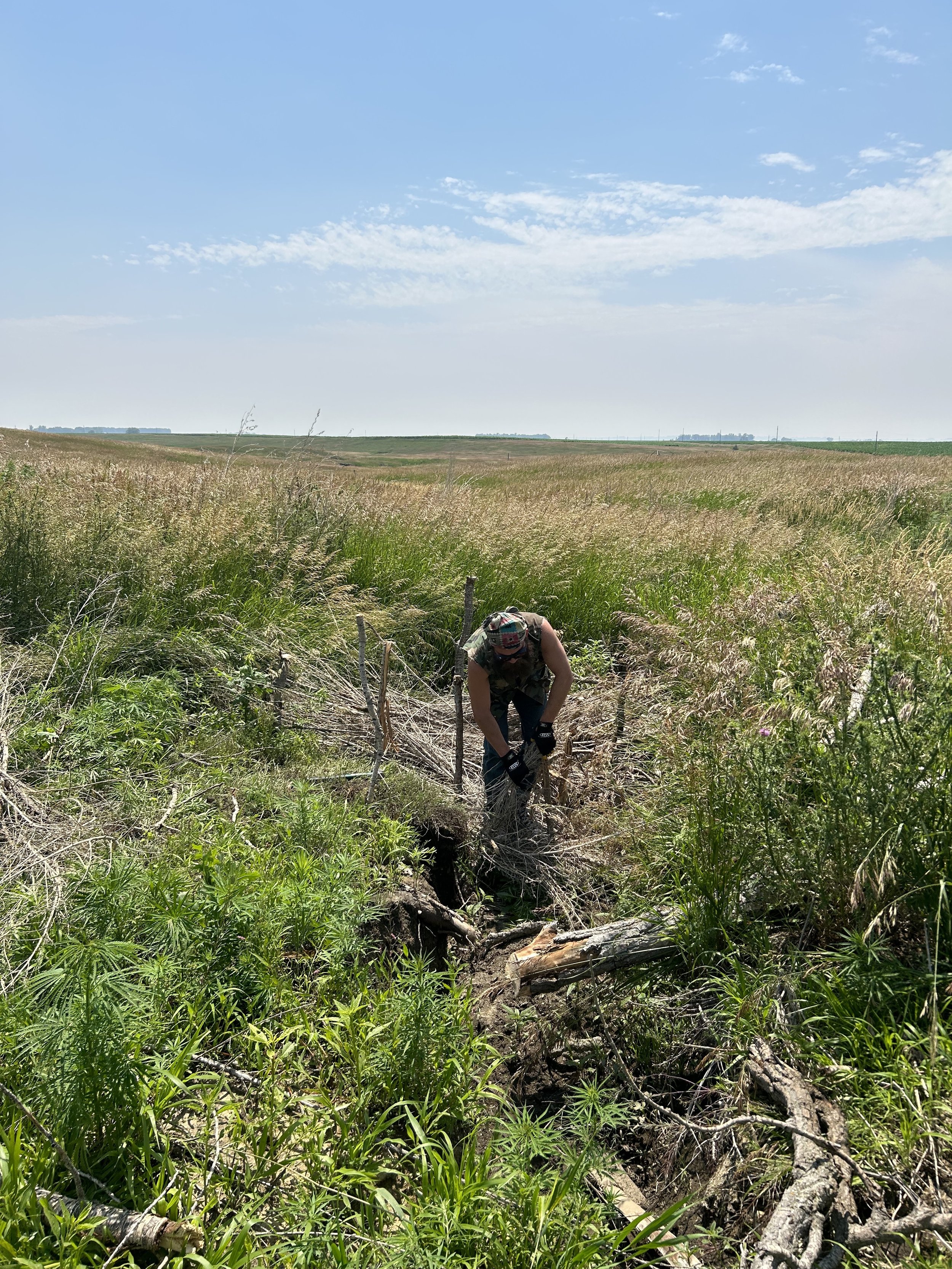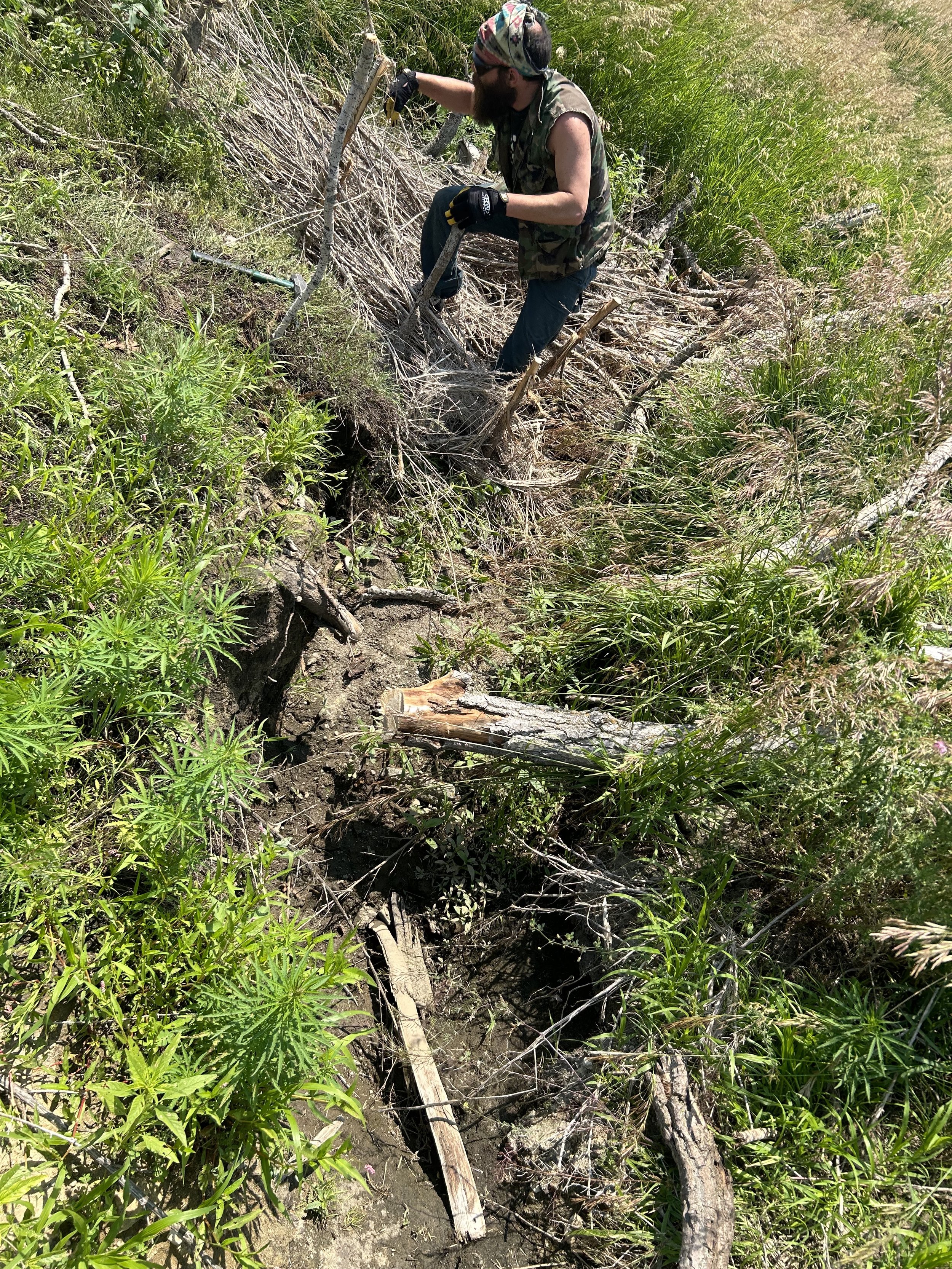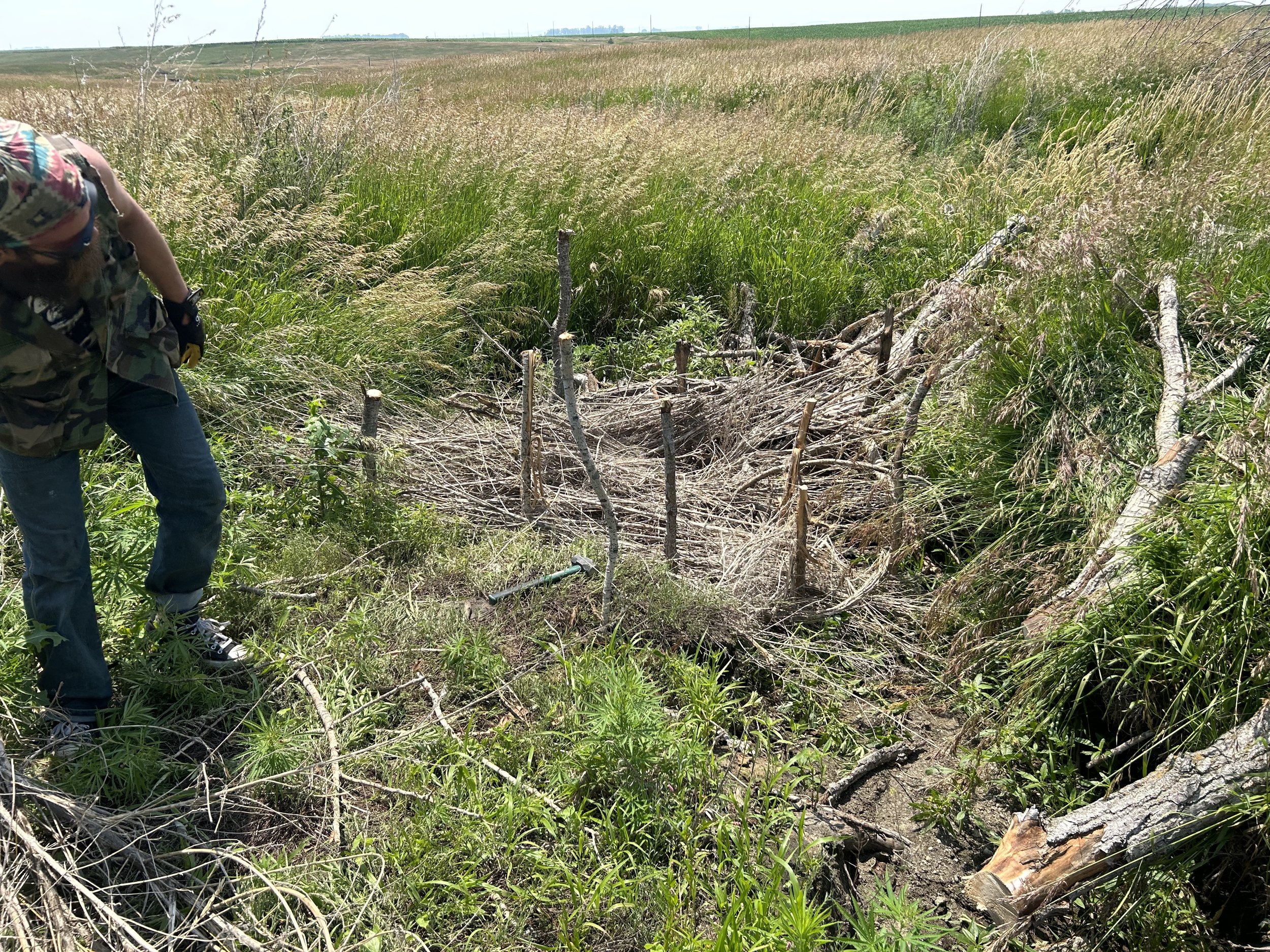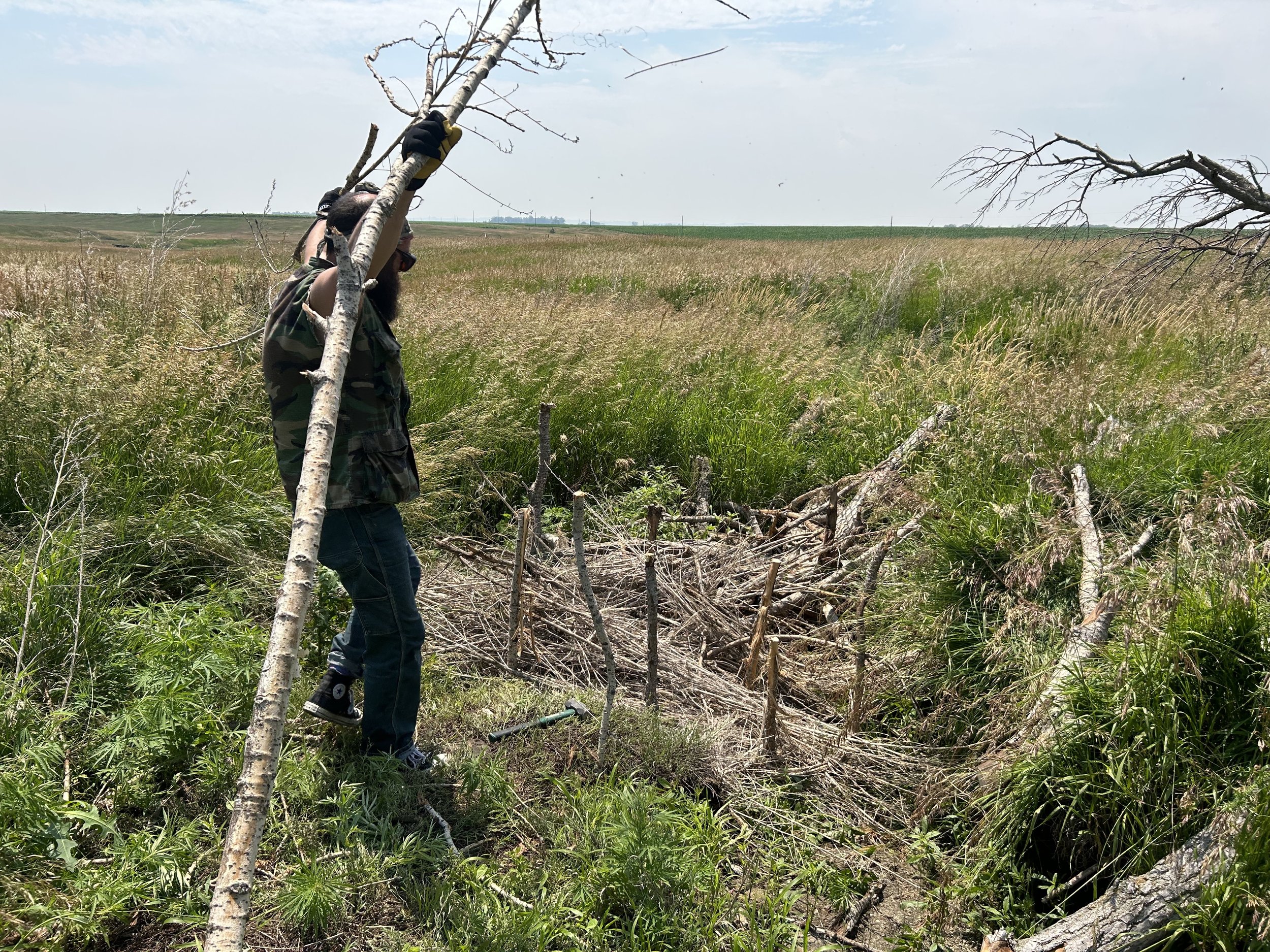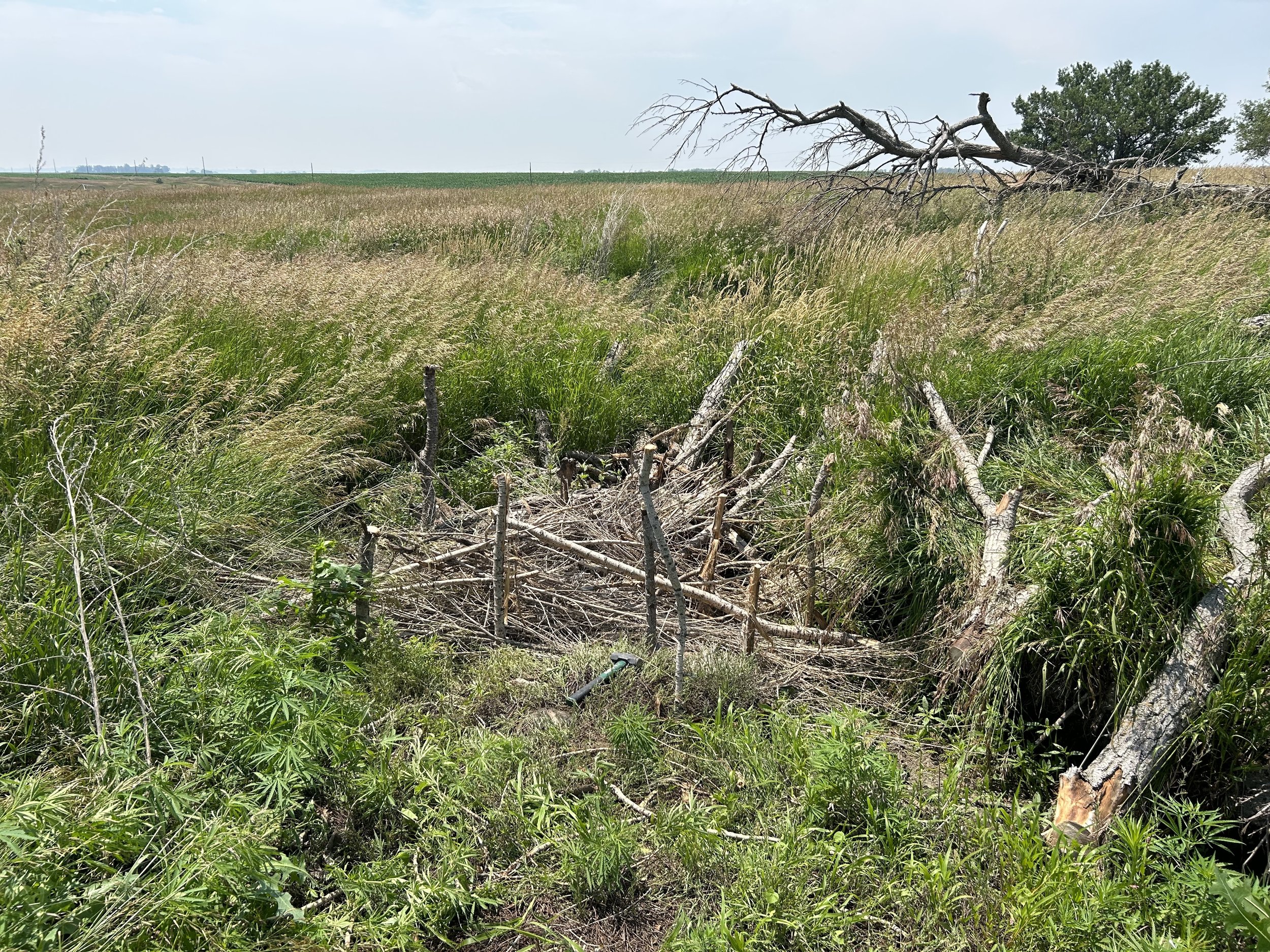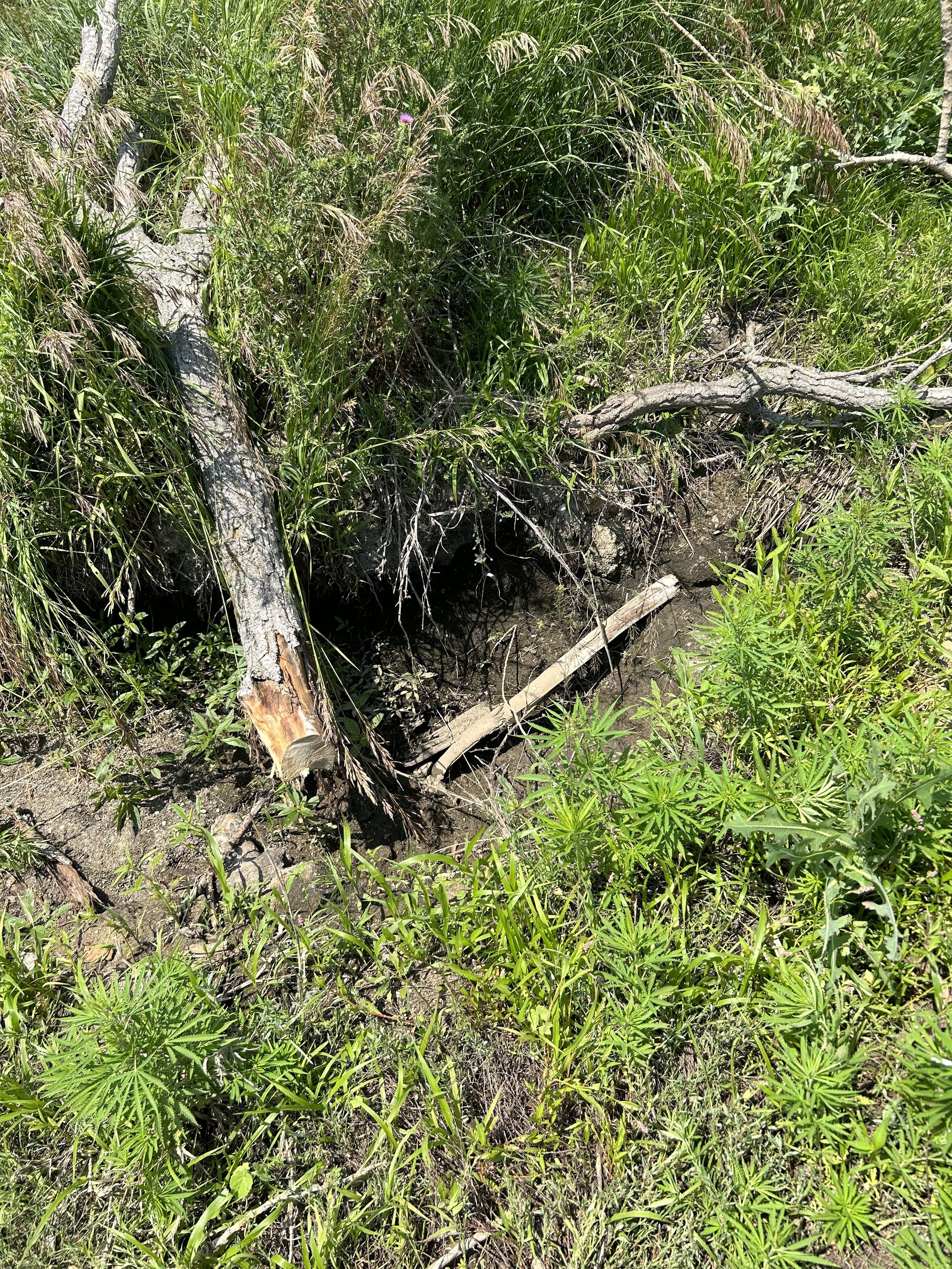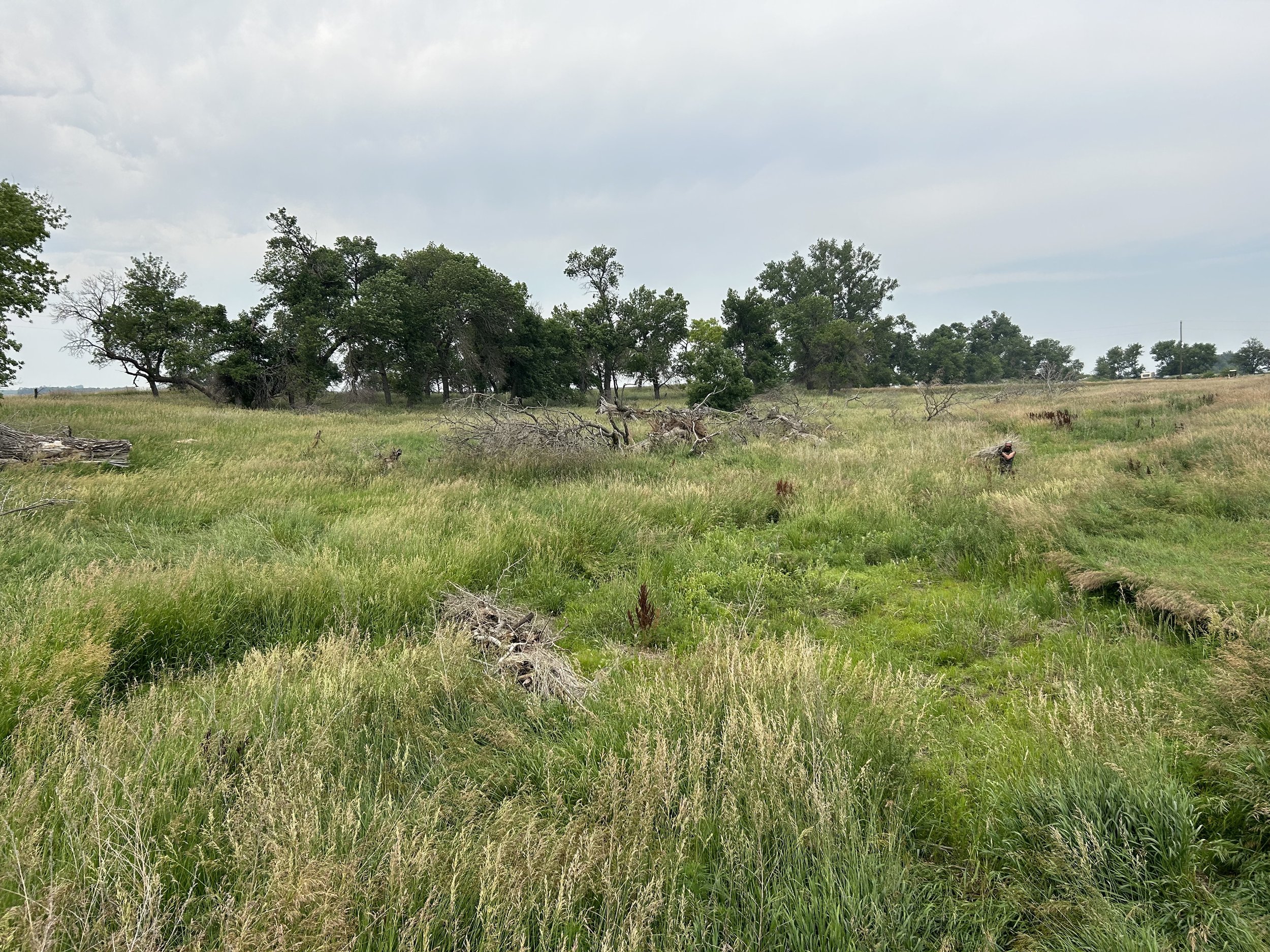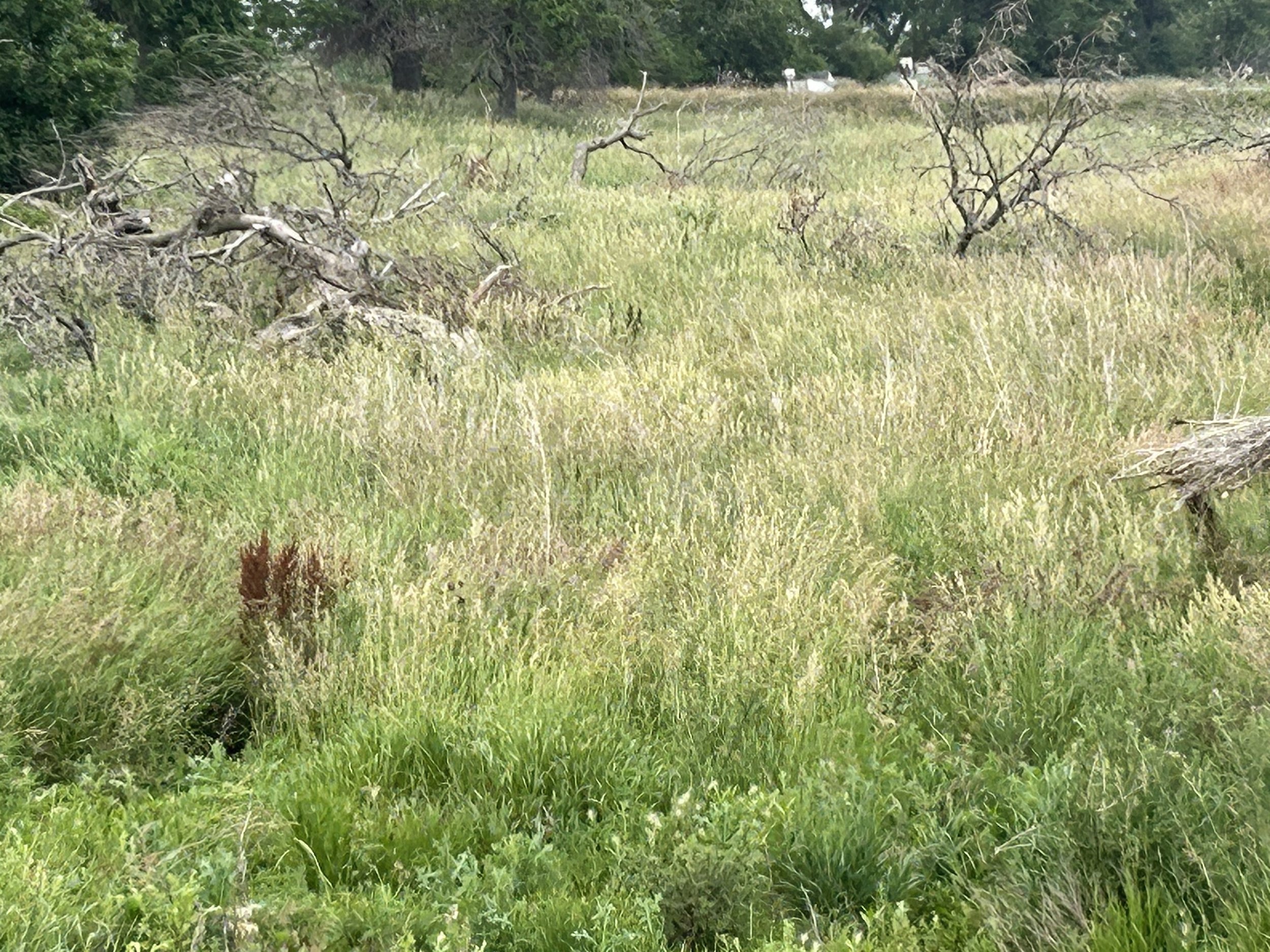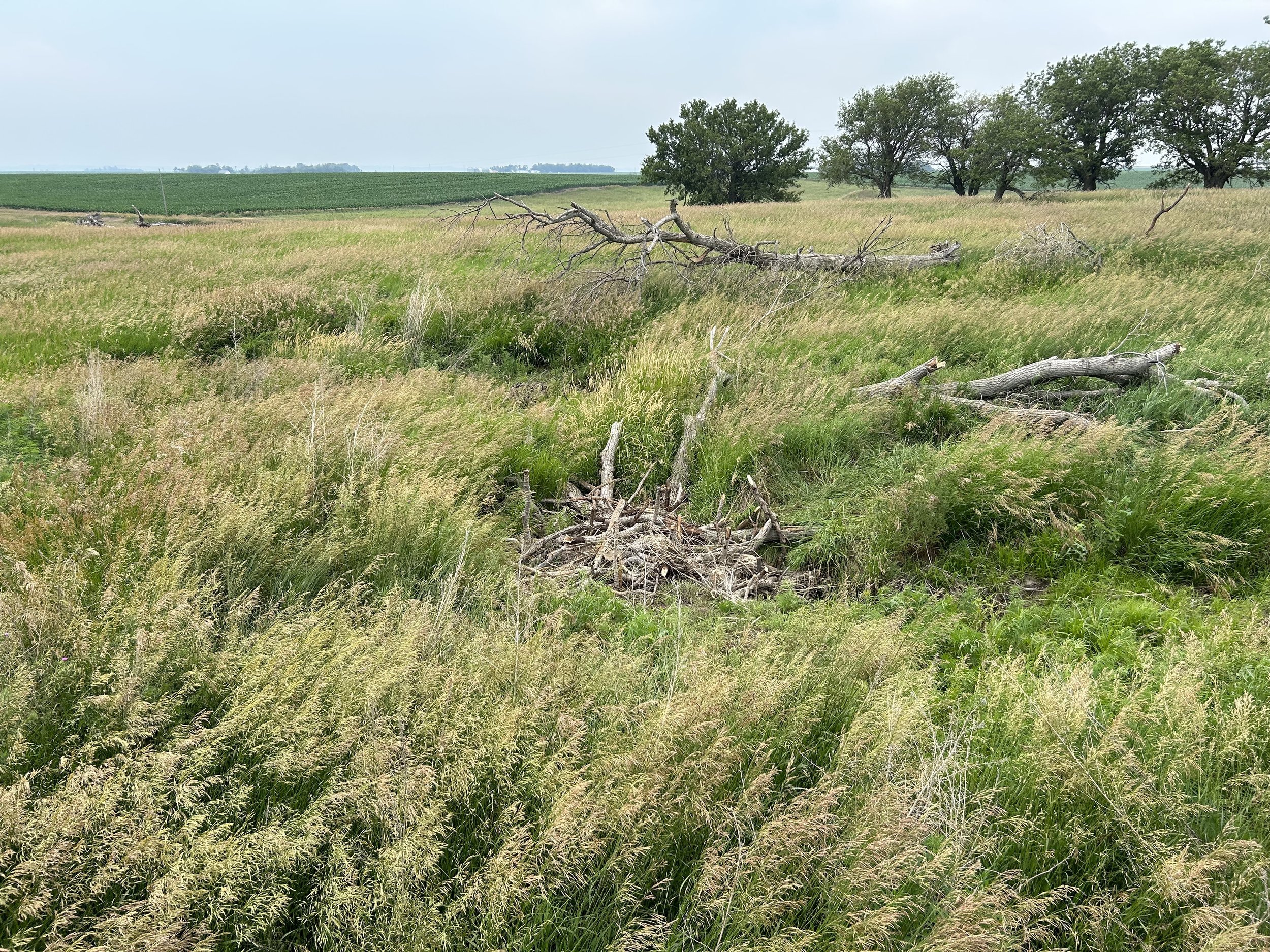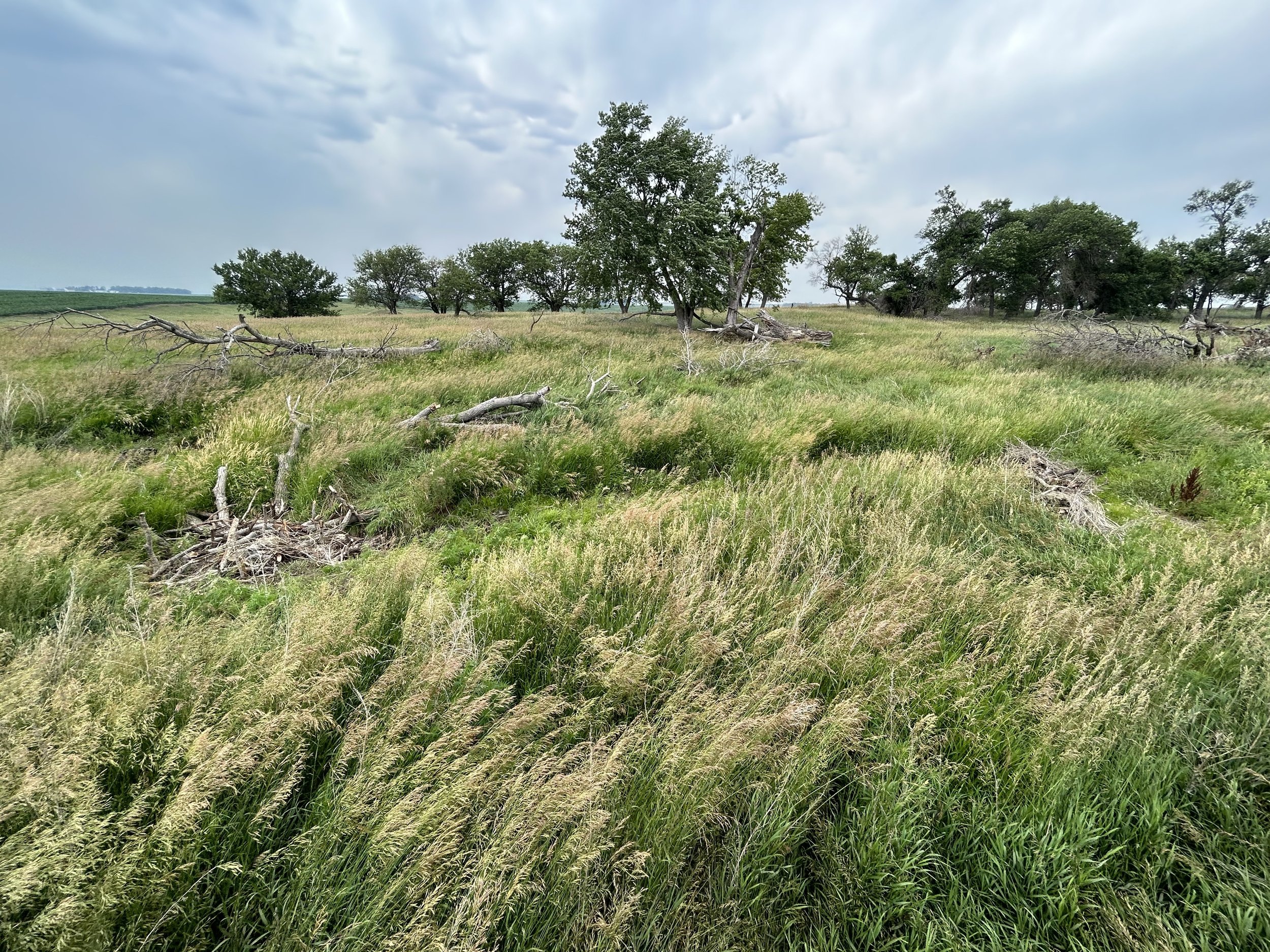Be the Beaver
Beaver dams offer a variety of environmental benefits, playing a crucial role in shaping and enhancing ecosystems. Here are some of the key advantages provided by beaver dams:
Water Storage: Beaver dams create ponds and wetlands by impounding water. This stored water helps in regulating stream flow, especially during dry periods, providing a consistent water source for various plants and animals.
Flood Prevention: By slowing down the flow of water, beaver dams can help prevent or mitigate floods. The dams act as natural barriers that absorb excess water during heavy rains, reducing the risk of downstream flooding.
Groundwater Recharge: Beaver dams facilitate the recharge of groundwater by holding water in the landscape. This is essential for maintaining soil moisture and sustaining vegetation, particularly in arid or semi-arid regions.
Erosion Control: The structures created by beavers, including dams and lodges, help control soil erosion along riverbanks and shorelines. The slowed water flow allows sediments to settle, preventing excessive erosion.
Habitat Creation: Beaver ponds and wetlands create diverse habitats that support a wide range of plant and animal species. The standing water provides breeding and foraging grounds for amphibians, insects, fish, and waterfowl. Additionally, the wetland environment promotes the growth of aquatic vegetation.
Biodiversity: The complex ecosystems formed around beaver dams contribute to increased biodiversity. The varied habitats created by the dams attract a diverse array of wildlife, including birds, mammals, and aquatic species. This biodiversity, in turn, strengthens the overall resilience of the ecosystem.
Water Quality Improvement: Beaver dams help filter and purify water by trapping sediment and pollutants. This results in improved water quality downstream as the water gradually moves through the beaver-created wetlands.
Climate Change Resilience: Beaver dams may play a role in climate change resilience. The stored water in beaver ponds can act as a buffer against drought, helping ecosystems cope with changing climate conditions. Additionally, the creation of wetlands contributes to carbon sequestration.
It's important to note that while beaver activity provides these ecological benefits, conflicts can arise in human-altered landscapes, such as flooded areas around roads and agricultural fields. In some cases, efforts are made to manage beaver-human conflicts and find ways to coexist with these ecosystem engineers.

